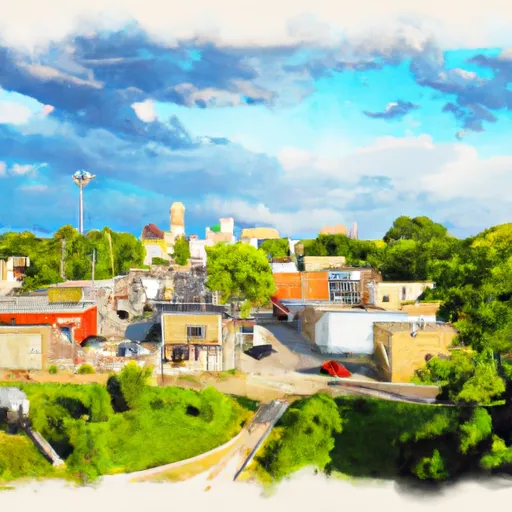°F
°F
mph
Windspeed
%
Humidity











Crawfordsville is a small town located in southeastern Iowa, with a population of around 260 people. The climate in Crawfordsville is typical of the Midwest, with hot summers and cold winters. The town is located in a region with a high water table, which makes it susceptible to flooding during heavy rain events. The main hydrology constituents in the area include the Skunk River and various tributaries. Outdoor recreation opportunities in the area include the Crawfordsville Park, which features a playground, picnic areas, and a walking trail, as well as nearby Lake Darling State Park, which offers hiking, fishing, boating, and camping.
Weather Forecast
Crawfordsville receives approximately 941mm of rain per year, with humidity levels near 84% and air temperatures averaging around 11°C. Crawfordsville has a plant hardyness factor of 5, meaning plants and agriculture in this region thrive during a short period during spring and early summer. Most plants will die off during the colder winter months.
Regional Streamflow Levels
749
Cubic Feet Per Second
386
Cubic Feet Per Second
45,000
Cubic Feet Per Second
48,600
Cubic Feet Per Second
Nearby Camping
| Camping Area | Reservations | Toilets | Showers |
|---|---|---|---|
| Round Spring - Ozark National Scenic River | |||
| Alley Spring - Ozark National Scenic River | |||
| Montauk State Park | |||
| Hermann City RV Park | |||
| Akers | |||
| Greer Crossing |



